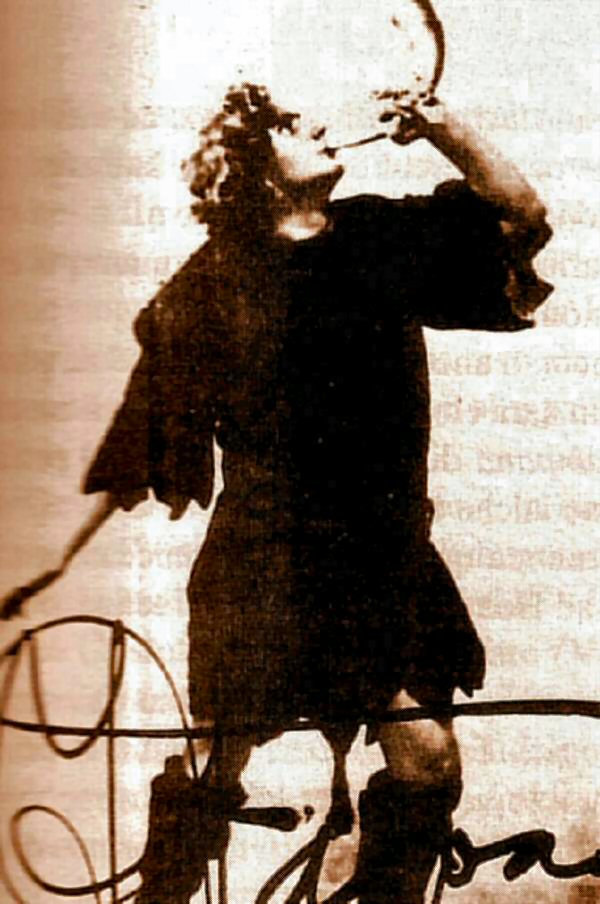Isidoro Fagoaga
Fagoaga was from a poor family. At 14 years old, he emigrated to Argentina, where he lived with his uncle and also took his first voice lessons. He returned to Spain in 1914, and studied with Luis Iribarne at the Real Conservatorio in Madrid, and finally at the conservatory in Parma.
Die Walküre (Wagner) – Valencia, 15 October 1920 Parsifal (Wagner) – Valencia, 1920 Samson et Dalila (Saint-Saëns) – Lisboa, 30 December 1920 Norma (Bellini) – Lisboa, 5 February 1921 Auto da Berco (Coelho) – Lisboa, 9 April 1921 Anna Karenina (Robbiani) – Roma, Costanzi, 6 May 1924 Rheingold (Wagner) – Bologna, 21 October 1924 L'amore dei tre re (Montemezzi) – Buenos Aires, 15 July 1925 Taboré (Schiuma) – Buenos Aires, 6 August 1925 Fedra (Pizzetti) – Buenos Aires, 30 August 1925 Götterdämmerung (Wagner) – Milano, 18 January 1926 Tristan und Isolde (Wagner) – Ravenna, Alighieri, May 1926 (Fagoaga sang only the dress rehearsal, became indisposed just before the premiere and was replaced by Amedeo Bassi.) Siegfried (Wagner) – Milano, 28 January 1927 Khovanshchina (Musorgskij) – Buenos Aires, 6 June 1930 Lo straniero (Pizzetti) – Buenos Aires, 4 July 1930 Boris Godunov (Musorgskij) – Buenos Aires, 11 July 1930 Der fliegende Holländer – Milano, 1 April 1931 Tristan und Isolde (Wagner) – Genova, 21 February 1932 Tannhäuser (Wagner) – Genova, 21 February 1933 Discography Columbia Phonograph, Italy, 1929 B2498 Andrea Chénier (Giordano): Sì, fui soldato D12311, A18013 B2490 Die Walküre (Wagner): Cede il verno D12311, A18013 BX513 Tannhäuser (Wagner): Qual cor contrito D14729, CGQ10269 BX504 Die Walküre (Wagner): Un brando il padre promise D14729, CQX10269 BX520 Götterdämmerung (Wagner): Mime nomavasi un burbero nano (pt 1) D14728, CQX10268 BX521 Götterdämmerung (Wagner): Mime nomavasi un burbero nano (pt 2) D14728, CQX10268 with Giuseppe Nessi and Salvatore Baccaloni BX512 Parsifal (Wagner): Amfortas! La piaga! D14730, CQX10270 BX506 Otello (Verdi): Niun mi tema D14730, CQX10270 I would like to thank Daniele Godor for the picture. I would like to thank Thomas Silverbörg for the recording (Parsifal). I wish to thank Richard J Venezia for the recording (Andrea Chénier). I wish to thank Christian Torrent for the recording (Rigoletto). I wish to thank Tom Kaufman for putting his unpublished chronology of Fagoaga at my disposal. I wish to thank Roberto Marcocci for his additions to the repertory. |
